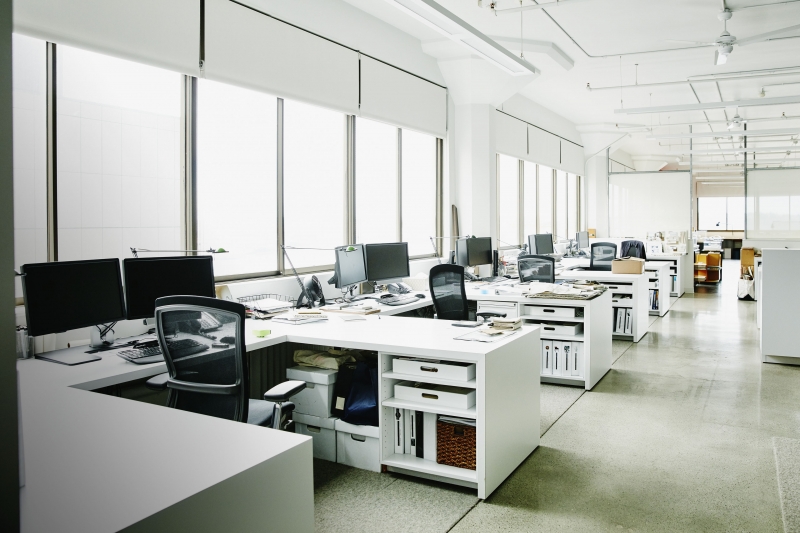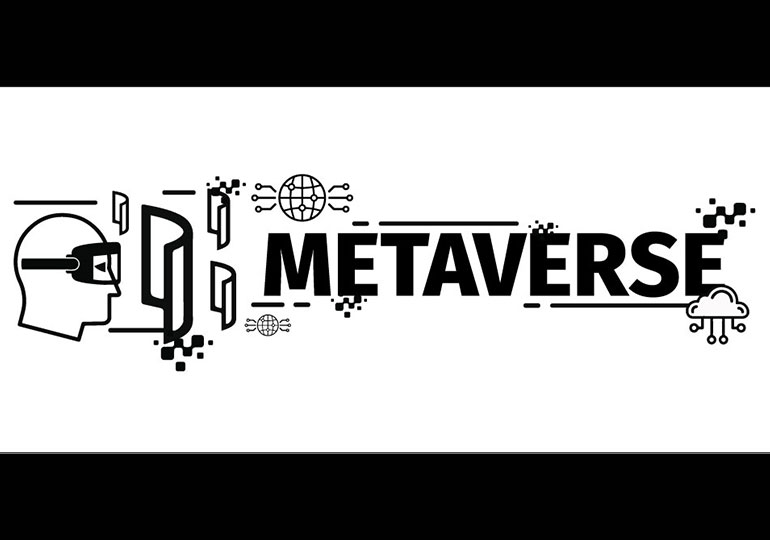The South Korean government has released detailed advice on how workers can return to the office safely.
The advice includes measures for both employees and employers on how they can reduce the chances of spreading germs around their working environment.
The South Korean government has received international praise for its handling of the crisis and successfully containing COVID-19.
With countries gradually reopening after coronavirus lockdowns, life is returning to some version of normalcy. In China, that might mean finally running errands outside your community. In Italy, small stores have begun to reopen. In California, it could mean hitting the beach.
But the pandemic’s lingering effects mean such activities are clearly not like they were before. Some expect we’ll continue to see changes to our world long after the worst of the outbreak has subsided.
Late last month, the South Korean government, which has been praised for how it’s handled the pandemic, released recommendations for how citizens can prevent further infection even as the country reopens.
The 68-page document (pdf, in Korean) offers surprisingly specific instructions about how to handle activities as diverse as going to church, shopping at small and midsize markets, eating at restaurants, going to school, using internet cafes, attending weddings or funerals, and using public toilets. It covers pretty much any situation in which a person could find themselves in contact with someone outside their household.
We paid extra-close attention to the recommendations for work, the highlights of which are detailed here. Together, they reveal a world in which conferences held online are the norm, hand sanitizer is at the ready, and meeting attendees sit six feet apart. It’s a workplace that certainly reduces the likelihood of viral transmission, but curtails the socialization aspects that normally make an office worth coming to in the first place.
For workers:
If you feel sick, go home.
Proactively use flexible work hours (such as work from home or commuting during off-peak hours) and paid time off such as sick days, vacation time, and family leave.
Keep ample distance.
Workshops and training should be conducted online or via video.
When face-to-face, follow guidelines for personal hygiene.
If you’re with a colleague, sit two meters (minimum one meter) apart.
Don’t do things that cause people to spit, such as chanting
If using indoor cafeterias, try to sit in rows or zigzag.
Keep conversation to a minimum; if necessary, cover your mouth
Ventilate and disinfect
Regularly disinfect places where your hands often touch (table, keyboard, mouse, phone, etc.)
Thoroughly wash your hands and follow proper etiquette when coughing.
Avoid touching your face with unwashed hands.
Avoid physical contact, such as shaking hands.
Use your own teacups, spoons, and other paraphernalia.
Keep physical distance but maintain social connection
Avoid happy hours, club activities, and other small group events; return home early after work.
Several people should not occupy the break room at once.
For employers:
Provide opportunities for employees to check their temperature using thermal scans or no-touch thermometers
If there are symptoms such as fever or respiratory abnormalities, or if you’ve been abroad in the past 14 days, allow employees to stay home and use sick days, vacation time, or other leave, or work from home. If necessary, reflect this in your company policy.
Create an atmosphere in which employees can freely take advantage of paid time off and flexible working hours. Make sure there are no disadvantages from doing so.
Keep ample distance
Minimize business trips, both domestic and international.
Ensure workers keep two meters apart (at least one meter) by using available space or changing the directions of monitors, desks, or other work surfaces.
Have employees sit in rows or zigzag in the cafeteria, or install transparent dividers between seats.
Wash hands often and follow proper etiquette when coughing
Train and inform workers on proper hand washing procedures (use of hand sanitizer), etiquette for coughing, and other ways to manage hygiene.
Provide and distribute masks and hygiene products according to the needs of the workplace.
Keep physical distance but maintain social connection
Create a culture that minimizes extracurricular activities, outings, and happy hours so that people go home directly after work.
Tell employees to refrain from using the same common space.
Provide makeshift meeting rooms to host visitors according to the needs of the workplace.
The employer appoints a department or point person in charge of quarantine efforts
On meetings:
General principles
Use video conferencing and phone calls as much as possible.
Make sure in-person meetings take place in ventilated spaces where employees can maintain physical distance.
Minimize meeting attendees and maximize efficiency in order to reduce the meeting length.
Follow these guidelines when conducting in-person meetings:
Inform attendees that they should refrain from attending the meeting if they traveled abroad in the last 14 days or have shown symptoms such as fever, respiratory distress (sore throat, coughing, difficulty breathing, headache, muscle pain, fatigue).
The meeting host should check for respiratory abnormalities or fever and make sure those with symptoms don’t attend.
Refrain from physical contact, such as shaking hands, before or after the meeting.
Make sure hand sanitizer is readily available in the conference room so attendees can use it frequently.
Provide a well-ventilated, spacious area for the meeting and be sure to ventilate before the meeting.
Take a break every hour to ventilate the space by opening doors and windows
Maintain a distance of two meters between every attendee (minimum one meter). If this cannot be met, refrain from meeting in person. If the meeting is still necessary, ensure every attendee wears a mask, even when speaking.
Masks are up to personal discretion if ventilation and distancing can be followed.












